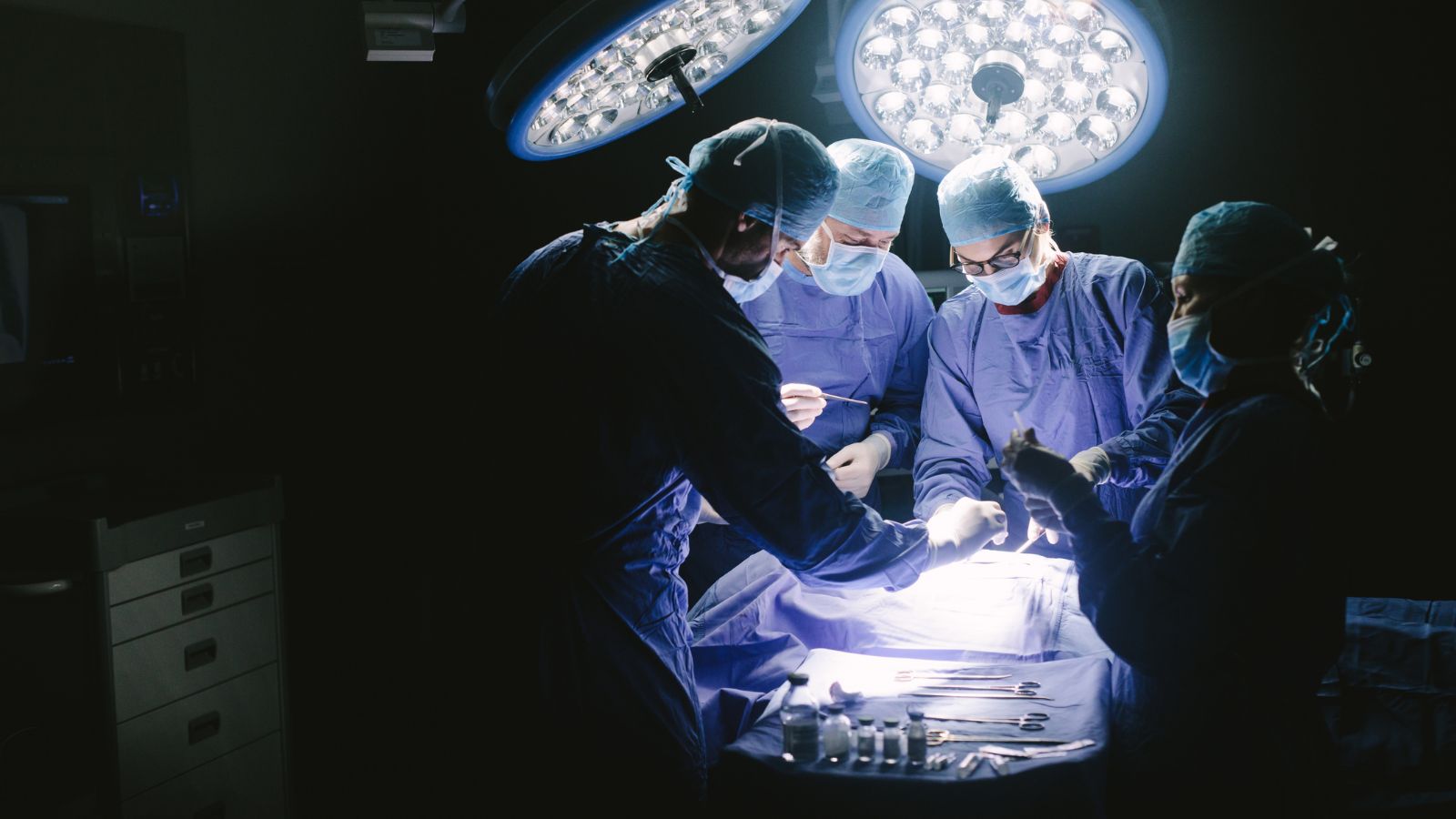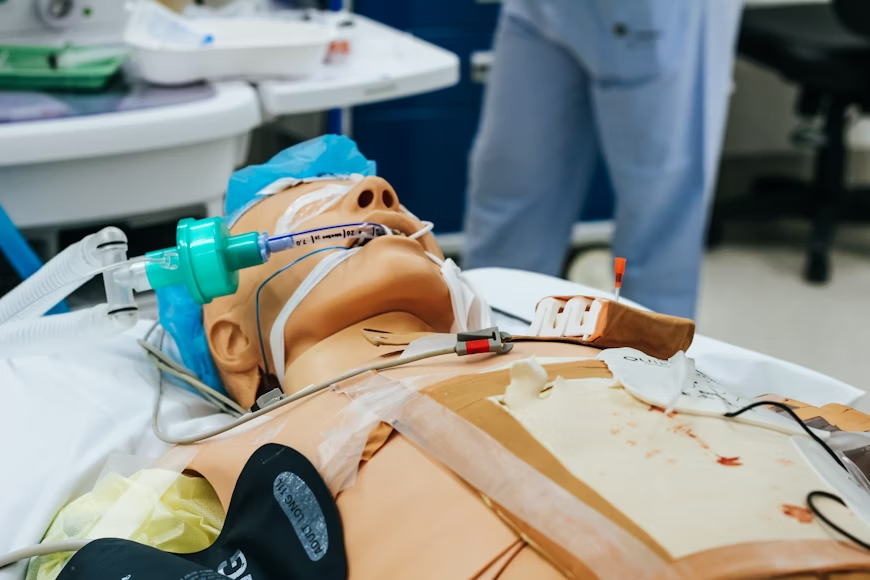Are you ready to transform the way plastic surgeons are trained?
If so, you’re not alone. Every medical training program in the country is facing the same challenge. The old ways of teaching and learning just aren’t working anymore. In fact, here’s the thing…
The way we teach and learn is being completely upended by modern technology.
Virtual reality. Augmented reality. AI feedback systems. The entire plastic surgery training courses is about to get a major overhaul.
The good news? It’s making training better, safer, and more accessible than ever before.
What you’ll learn:
- Why Traditional Training Methods Aren’t Enough
- Innovative Technology That’s Changing Everything
- Virtual Reality and Simulation in Practice
- Artificial Intelligence for Personalized Learning
- Real World Results and Success Stories
Why Traditional Training Methods Aren’t Enough
Let’s start with the truth about traditional plastic surgery education.
Something you may not know is that it hasn’t changed much in decades. The apprenticeship model where residents learn by watching and assisting is beginning to struggle.
The problems are pretty obvious:
- Lack of access to complex cases
- High-risk learning environment with real patients
- Variability in training quality across programs
- Time crunch in busy surgical schedules
The big push for change? Just consider the fact that plastic surgery is growing rapidly…
Just recently 5% growth in procedures means increased demand for skilled surgeons. Training programs need to turn out qualified professionals more quickly and efficiently.
The “see one, do one, teach one” approach falls short when procedures are getting more complex and patient safety expectations are higher than ever before.
Innovative Technology That’s Changing Everything
The tech revolution in medical education is really happening.
Virtual reality, augmented reality, artificial intelligence. These tools are changing how future plastic surgeons learn and grow.
Here’s the deal:
VR, AR and AI aren’t just fancy toys – they are powerful technologies with proven results.
Modern plastic surgery training courses are starting to integrate these tools alongside the old school techniques. The combination creates a more complete learning experience and better prepares surgeons than ever before.
Think about it – like live dental implant courses have done for dentistry with hands-on learning, plastic surgery programs are starting to get onboard with similar immersive methods.
The key difference? Technology means unlimited practice without any risk.
Students can repeat a procedure over and over again. Make mistakes, learn and move on without putting real patients at risk. The learning environment is safe, which builds confidence and competence.
Virtual Reality and Simulation in Practice
Ready for the most exciting development in surgical training?
Virtual reality is having a huge impact. A 25% increase in skill acquisition is just the beginning of what’s possible when trainees use this tech.
Here’s how it works:
VR simulators provide a highly realistic surgical environment. Trainees put on headsets and use specialized controllers which feel just like real surgical instruments. Haptic feedback means the student can even feel the physical resistance of tissue and surgical interactions.
But wait, there’s more…
These simulators can be tailored to specific procedures. Practice that difficult rhinoplasty you’ve been putting off? The system can generate endless variations of patient anatomy. Need to practice breast augmentation skills? The VR experience offers unlimited opportunities to practice every detail.
AI monitoring also tracks performance metrics, giving the students feedback on precision, timing and technique. A data-driven approach that helps identify areas for improvement that might be missed in the old training environment.
Artificial Intelligence for Personalized Learning
Now things get even more interesting…
Artificial intelligence is the next big thing in medical education. AI algorithms are able to analyze student performance and design personalized learning pathways based on individual strengths and weaknesses.
Here’s how that system works:
- AI monitors every movement during virtual procedures
- Identifies patterns in common mistakes or hesitation
- Suggests specific practice exercises
- Automatically adjusts difficulty levels
This means a truly personalized approach where no two students have the exact same learning path. The AI works to ensure each trainee gets the support and resources they need when they need it.
Even more amazing, AI can create rare complications and scenarios students may never actually see in real-world practice. Building problem-solving skills and confidence when dealing with unexpected situations.
Real World Results and Success Stories

The proof is in the results…
Major medical centers are seeing huge improvements in training outcomes. Harvard Medical School uses VR for anatomy teaching and surgical training, allowing students to explore the human body in extreme detail and practice procedures in a risk-free environment.
The Mayo Clinic now has VR in their continuing education programs. Doctors use the simulators to stay up to date with latest techniques and maintain their surgical skills.
But here’s the really impressive outcome:
Training times are being reduced by half for many procedures. Students who use VR simulation achieve intermediate levels of skill twice as fast as traditional learners.
Errors are being made less frequently, too. Trainees who move into real procedures having used VR simulation make fewer mistakes. This has a real impact on surgeon and patient safety.
The Future of Integrated Training Programs
The technology evolution doesn’t end with VR and AI.
Mixed reality blends the real and the virtual to create even more immersive environments. Trainees can see digital overlays on top of real patients in the OR.
3D printing is creating custom anatomical models for students to practice on. Building exact replicas of challenging cases before performing the actual surgery.
Here’s the clear trend:
Future plastic surgery training courses will be a seamless blend of many different technologies. The goal is producing surgeons who are more prepared, confident and safe than ever before.
Implementation and Success Strategies
Bringing new technology to your program takes smart strategy.
Cost and training faculty are always the biggest hurdles. However, a gradual, phased implementation is best, focusing on one technology at a time and building over time.
The key to success is:
- Start with the tools and programs that solve your biggest training challenges
- Get faculty on board early by involving them in the training process
- Partner with technology vendors to get education pricing
- Track key metrics like skill score improvements and error rates
Patient outcomes will be better as a result of surgeons who are better trained. This is the truest test of any educational innovation.
Just remember this one fact:
Technology is a tool, not a replacement for human instructors. The best training programs use a combination of high-tech tools and experienced mentors to guide the learning process and provide professional context.
Closing Thoughts on the Training Revolution
The use of tech in plastic surgery education is really changing the game.
VR, AI and simulation tools are creating more effective, safe and accessible training programs. Students can get unlimited practice, receive individualized feedback and build confidence before ever working with real patients.
The benefits are undeniable:
- Quicker development of skills
- Lower training costs over the long-term
- Higher patient safety
- Surgeons who are better prepared
As tech continues to advance, the line between simulation and real life will only blur further. Plastic surgeons of the future will enter their careers with levels of experience that would have been impossible before, and that’s a good thing.
The revolution in plastic surgery training courses is just getting started. Programs that embrace these innovations today are going to lead the pack tomorrow.
